Monterey: The prettiest little town in America?
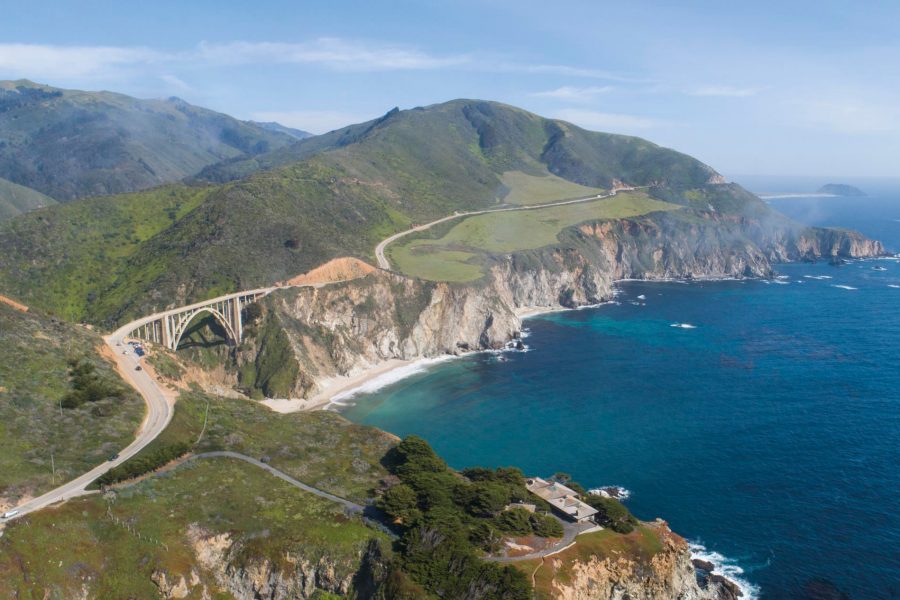
The “California Dream” can be glimpsed all over the Golden State. You can catch it in sunsets silhouetting Malibu mansions, or the glistening abs parading Venice Beach. Or, further north, see a slip of it where a red bridge arcs toward green hills, and techies tap at laptops in cafes, determined to be billionaires before they’re 25.
But it’s roughly halfway between the glitz of Los Angeles and San Francisco’s bay of tech dreams that the Californian fantasy really turns into reality. Monterey is California distilled: all the things that make the Golden State great can be found here, along the county’s 160 kilometre coast. And Monterey’s story is the story of California: boom, boom and boom, punctuated by the occasional bust.
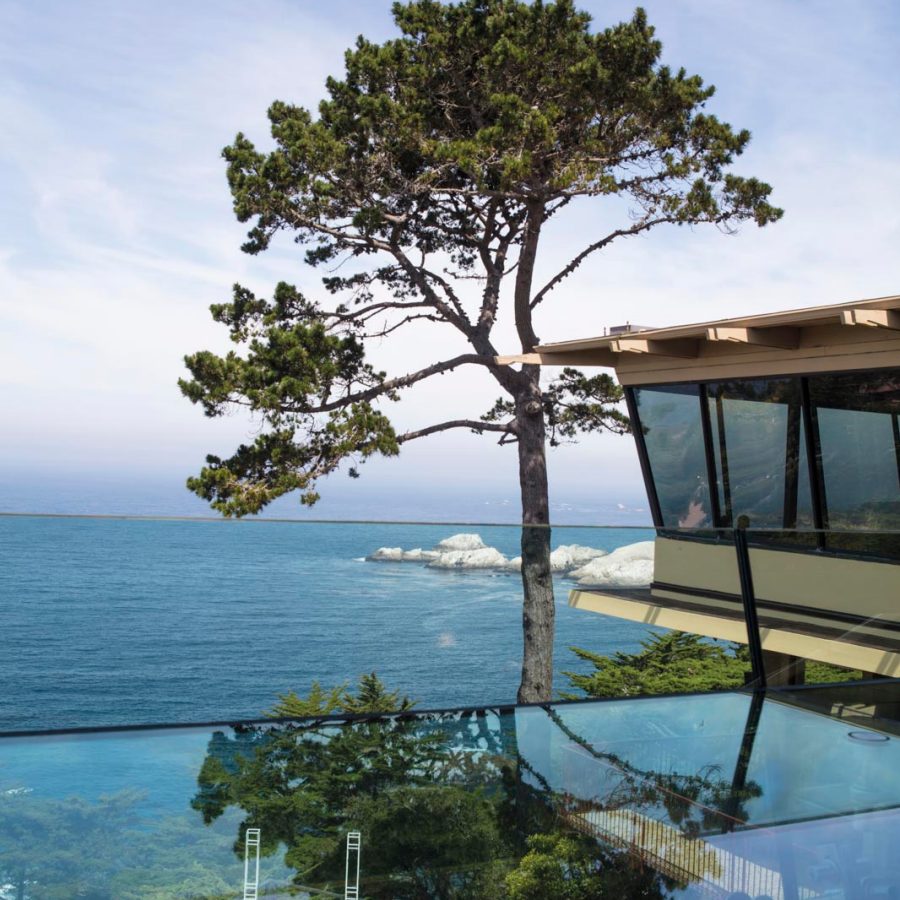
Credit: Eric Frazier
Today, Monterey is booming. The tourism bureau reports “a huge bump” in interest thanks to its starring role in the Emmy-winning, Nicole Kidman-fronted TV hit Big Little Lies. The dramatic sea cliffs, perfect sunsets and pounding ocean stole the show from the A-list cast.
Big Little Lies portrays Monterey as a gossipy enclave for Silicon Valley’s power couples and their hot-housed offspring. Long-term residents of this retirement Eden may not have recognised themselves or their neighbours; but life is in the process of imitating art. Monterey estate agents say tech execs now make up 29 per cent of buyers snapping up property now valued into the millions.
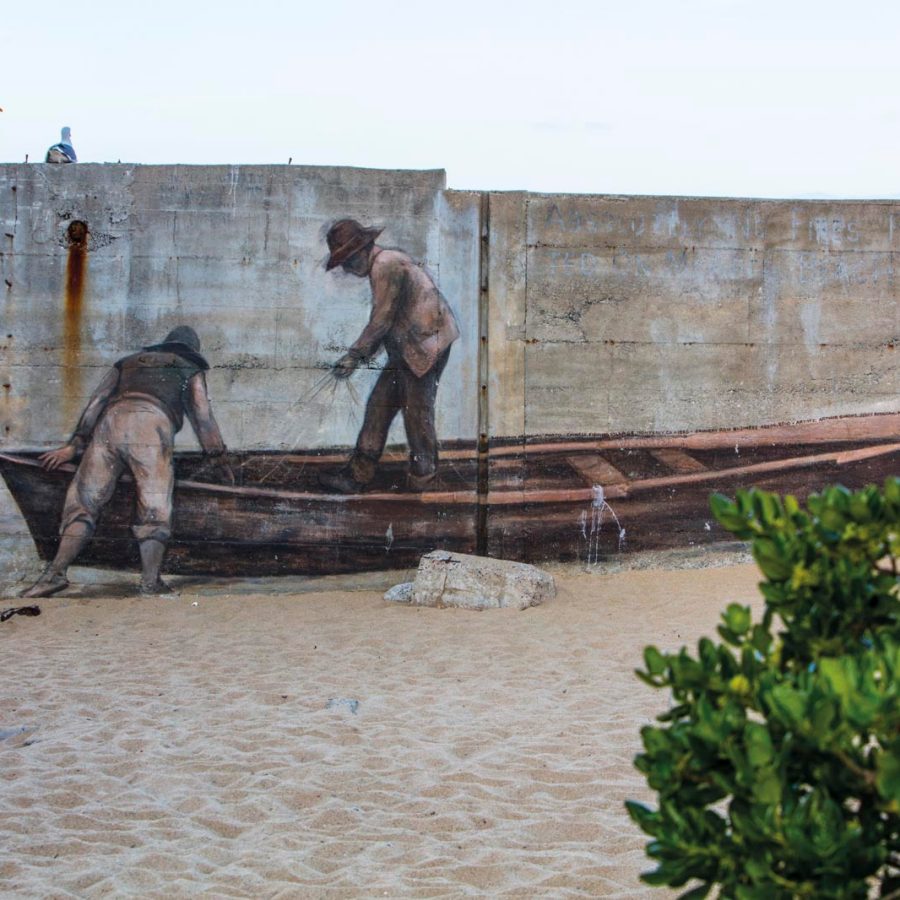
Credit: Eric Frazier
It’s not hard to see the appeal. Something shifts when you cross the county line: two-lane highways tootle past open pastures and handwritten signs touting artichoke season, or five avocados for a dollar. And the farm-fresh produce is matched by world-class wine.
The good news is sampling the wine is practically mandatory for learning a bit about Monterey history. The local grape-growing prowess was developed by the Franciscan friars who "founded" California (that’s if you ignore tens of thousands of years of native culture). Today, there are 175 wineries within a two hour drive of Monterey, growing 42 grape varietals. The Salinas River Road Wine Trail ambles past several wineries; vine rows stretch across grassy plains towards muscular mountains. Or forget the scenery – and the car – and head for the Carmel-by-the-Sea Wine Walk . Here, 13 tasting rooms, all pouring local labels, sit within a few blocks of each other.
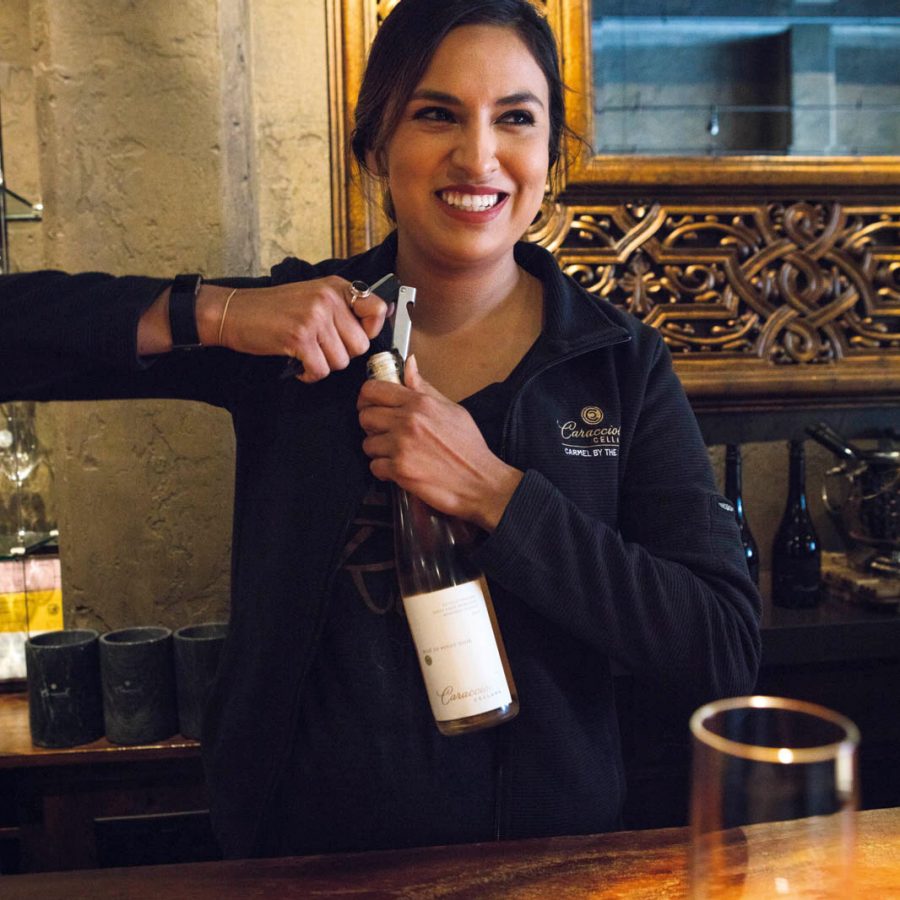
Credit: Eric Frazier
In the middle of Monterey city, visitors can explore adobe houses from the earliest days of California’s “founding”. As Michael D Green, a programme manager at Monterey State Historic Park, tells me, the city was once both the capital of California and its “economic engine”. Spanish explorers formed a government here in the 1770s, drawn by the trade routes offered via Monterey Bay. They brought cattle and made big bucks from ranching (“leather was like the plastic of the time,” Green explains, “used for everything from clothes to door hinges”). It wasn’t quite the quiet idyll of today, though: “This was the Wild West,” Green adds, “and the murder capital of the state.”
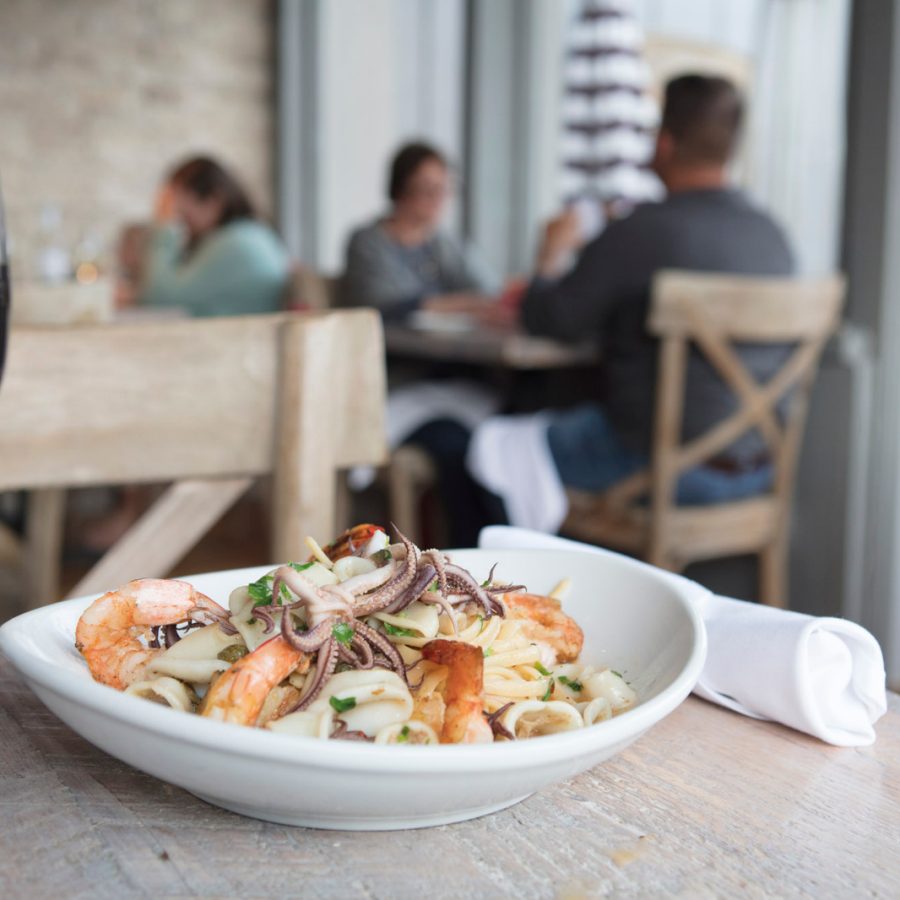
Credit: Eric Frazier
So how did Monterey get demoted from Californian capital? One word: gold. It was first discovered on the American River, just east of San Francisco, in 1848; and word spread fast. “About two-thirds of the population left,” Green says, “and Monterey started to descend into a kind of backwater, forgotten town.”
Monterey would never return to its capital glory days. But walk along the waterfront from the Historic Park – past Fisherman’s Wharf crab shacks and sailboats bobbing on postcard-blue sea – and you’ll get a sense of how it’s reinvented itself many times since. Monterey Bay’s pristine waters support masses of marine life – and commercial fishing boomed next. This was the Cannery Row era, named for the city’s multimillion-dollar sardine canning factories, and immortalised by John Steinbeck in his novel of the same name. Steinbeck’s memorable first line describes Cannery Row as “a stink”. But this was far from vilified – it was the smell of prosperity. This boom, too, proved short-lived. After the Second World War, the fish stocks collapsed and the canneries closed.
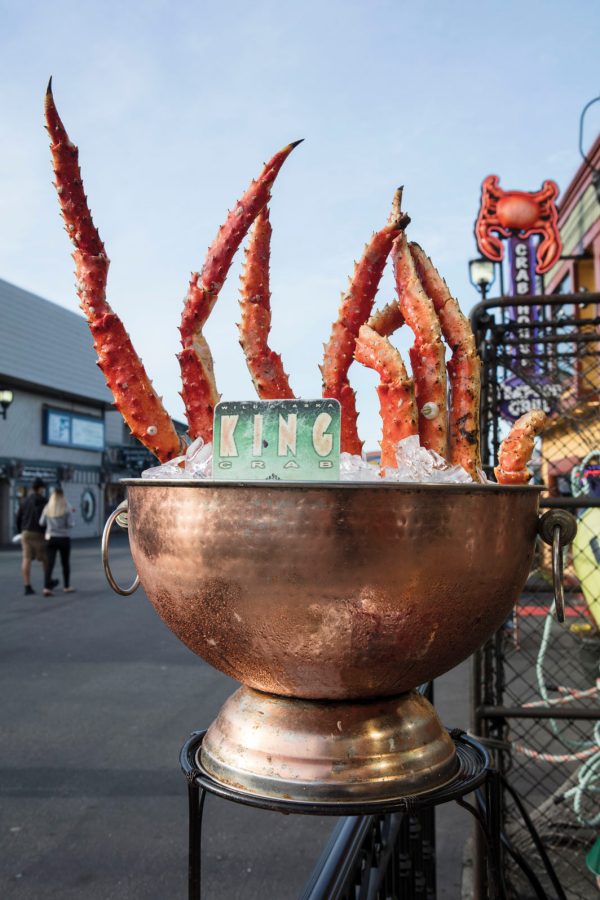
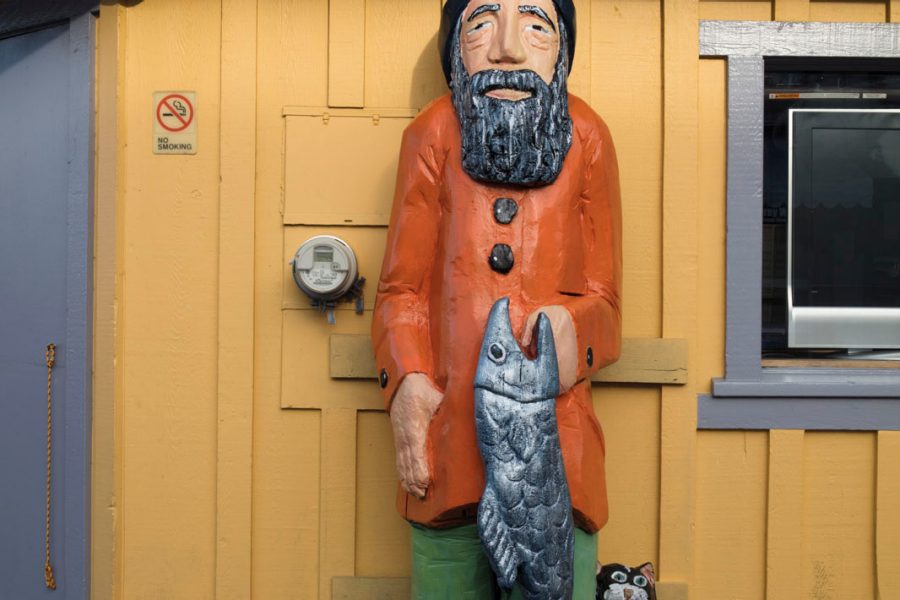
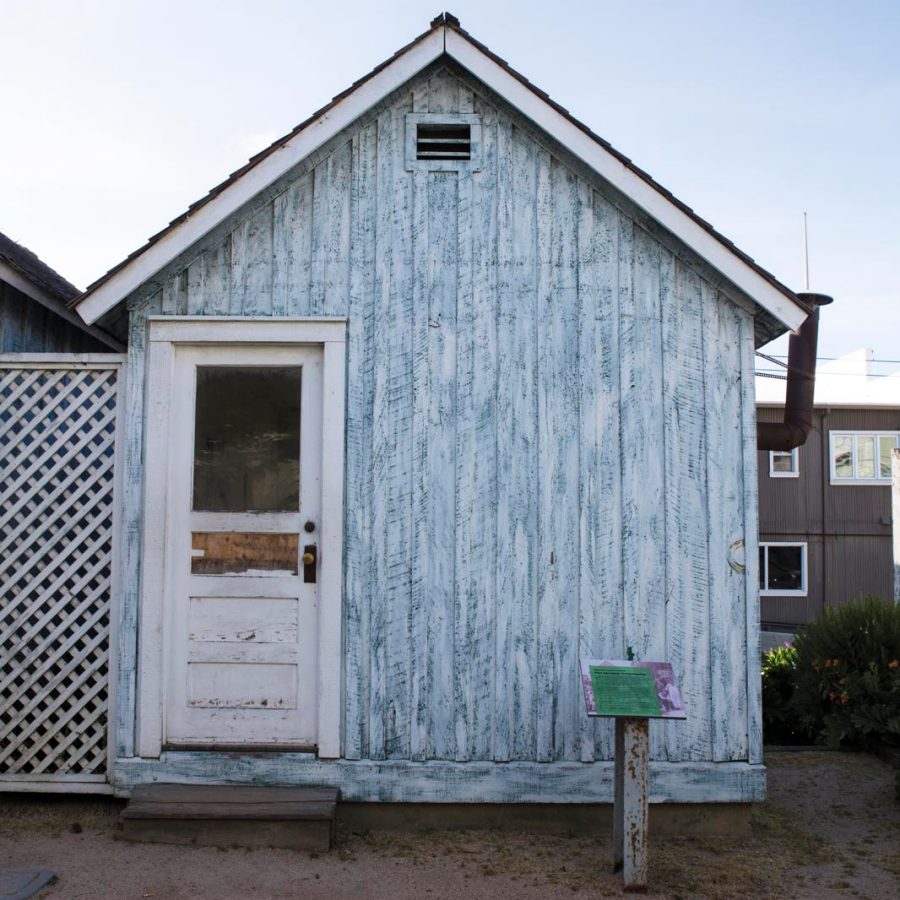
Credit: Eric Frazier
Today, the Row is again the epicentre of Monterey’s latest foray into big business: tourism. Factories are now art galleries, antiques emporiums, restaurants, wine bars and shops, while there’s a modest, small town feel here that Monterey can laud over its more chaotic rivals. Like Sal Tedesco, owner of restaurant Paluca Trattoria – a favourite of Big Little Lies fans – says: “You come to Monterey just to relax. Enjoy our weather. It’s tranquil, it’s subtle; not too much hype.”
The bay is still feted, too. Though these days it’s prized for conservation of biodiversity, rather than being fished dry. Just before reaching the Row, passing seals lazing like fat sausages on the rocks, you’ll find San Carlos Beach where scuba divers walk straight from the car park into the sea, lured by the bay’s 36 species of marine mammals, 16 of which are whales. (Talking of water sports, Monterey’s Moss Landing has some of the best surf breaks in the state.)
Natural abundance is, of course, California’s winning hand. Point Lobos State Natural Reserve , a 20-minute drive from Monterey city, was once hailed as “the greatest meeting of land and water in the world”. Though no one can agree whether it was Robert Louis Stevenson or landscape artist Francis McComas who said it, hiking the trails helps you appreciate why Robert or Francis got so gushy. The paths curve through woodland and around coves, each stretch more good-looking than the last. Keep a beady eye out for otters, sea lions, dolphins and whales.
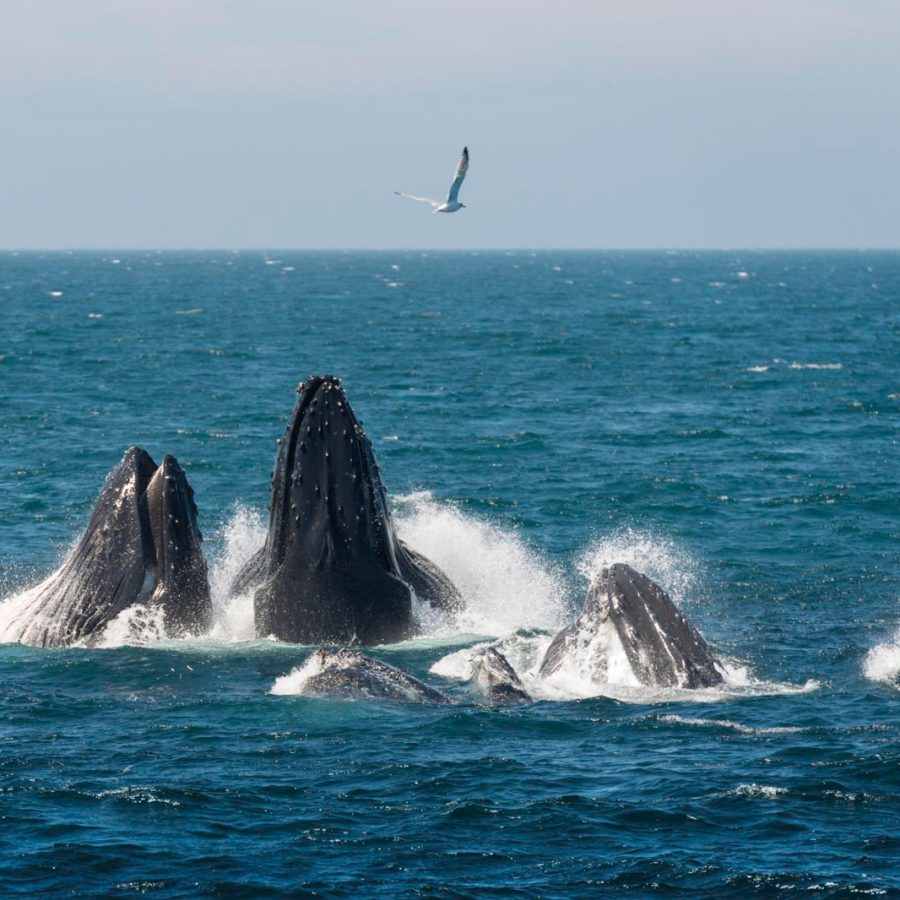
Credit: Tyson V. Rininger / Monterey Bay Aquarium
But the pièce de résistance is Big Sur. This winding 50 kilometres of cliff-hugging Highway 1 south from Point Lobos offers some of the best scenery in the state. It’s epic stuff: the green Santa Lucia Mountains plunge into churning ocean; redwood forests tower across ridges; condors swoop dramatically overhead. There’s a wildness to it, an elemental pull, that began drawing bohemians in the 1940s: mystics, artists and writer Henry Miller, who holed up in a cabin here and wrote about the unconventional community in his 1957 memoir, Big Sur and the Oranges of Hieronymus Bosch. (His old cabin is now The Henry Miller Memorial Library and attracts a similarly boho bunch.)
Big Sur’s rugged isolation and left-field reputation soon drew Hollywood. Producer Lawrence A Spector used the money he earned from Easy Rider to build the Ventana Inn, which became a favourite hideaway of Paul Newman. It’s now a swanky Alila resort. Elizabeth Taylor and Richard Burton filmed 1965’s The Sandpiper at Nepenthe , a cliffside restaurant that serves a legendary burger.
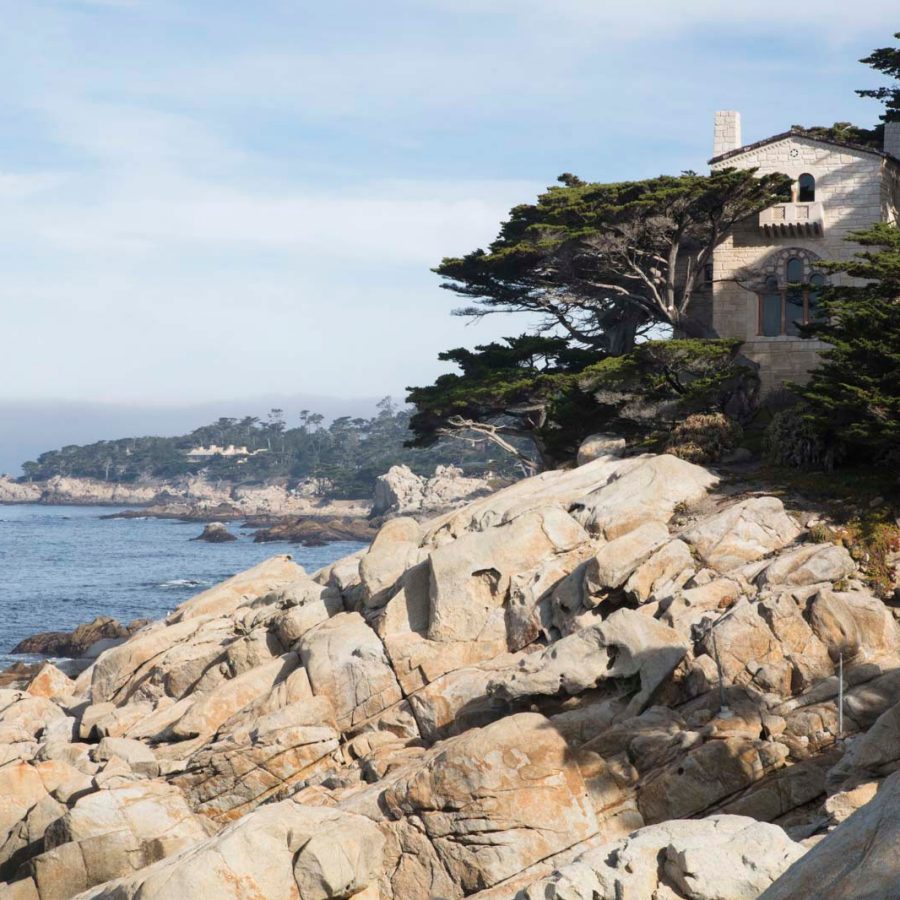
Credit: Eric Frazier
It’s still popular with big shots keen to get away from the crowds. Facebook and Napster entrepreneur Sean Parker threw an elaborate Game of Thrones-themed wedding at Ventana in 2013. And the hippie Esalen Institute, a spiritual retreat founded in the 1960s that was known for nude group therapy sessions, has just rebranded, now helping Silicon Valley zillionaires find their souls. Its new executive director, Ben Tauber, is a former Google product manager. Go figure.
But for all the stars, tech bros and mere mortals Monterey seduces, this part of the world is not easily tamed. The billionaires can whip by for a weekend, but no amount of money could ever smooth its rough cliffs and stormy seas. That’s why Monterey will always be the best of California: a pioneer, a natural beauty, a cultural heavyweight… and always a little bit wild.
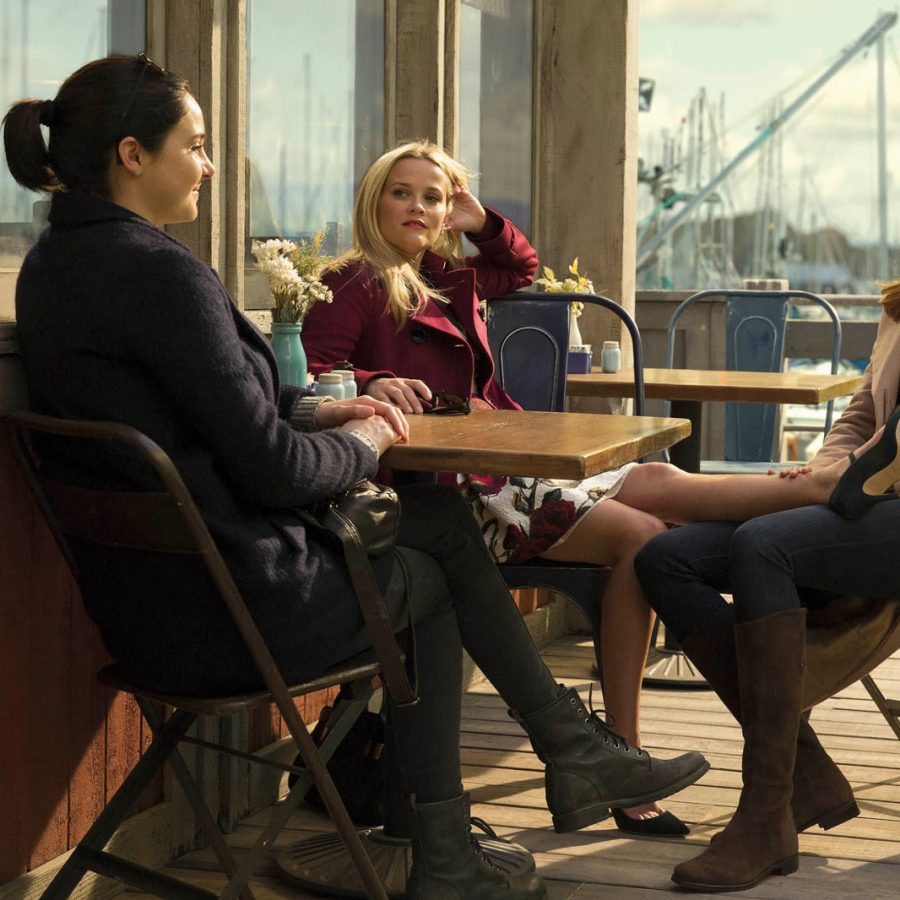
Living the lies…
How to: Lunch
In Big Little Lies, friends Jane (Shailene Woodley), Madeline (Reese Witherspoon) and Celeste (Nicole Kidman) bond on the picturesque patio at fictional Blue Blues Cafe. It was inspired by Paluca Trattoria on Fisherman’s Wharf. Most scenes were filmed at a replica on a Hollywood set. The reason? The light in the real Monterey was too bright.
How to: Day-trip
Super-cool kids Chloe and Ziggy visit Monterey Bay Aquarium , which has a trippy jellyfish section and lots of clever interactive elements like Real-Cost Cafe, a 24,000-square-foot exhibit where orders placed from iPad menus tell you the ecological impact of your seafood choices.
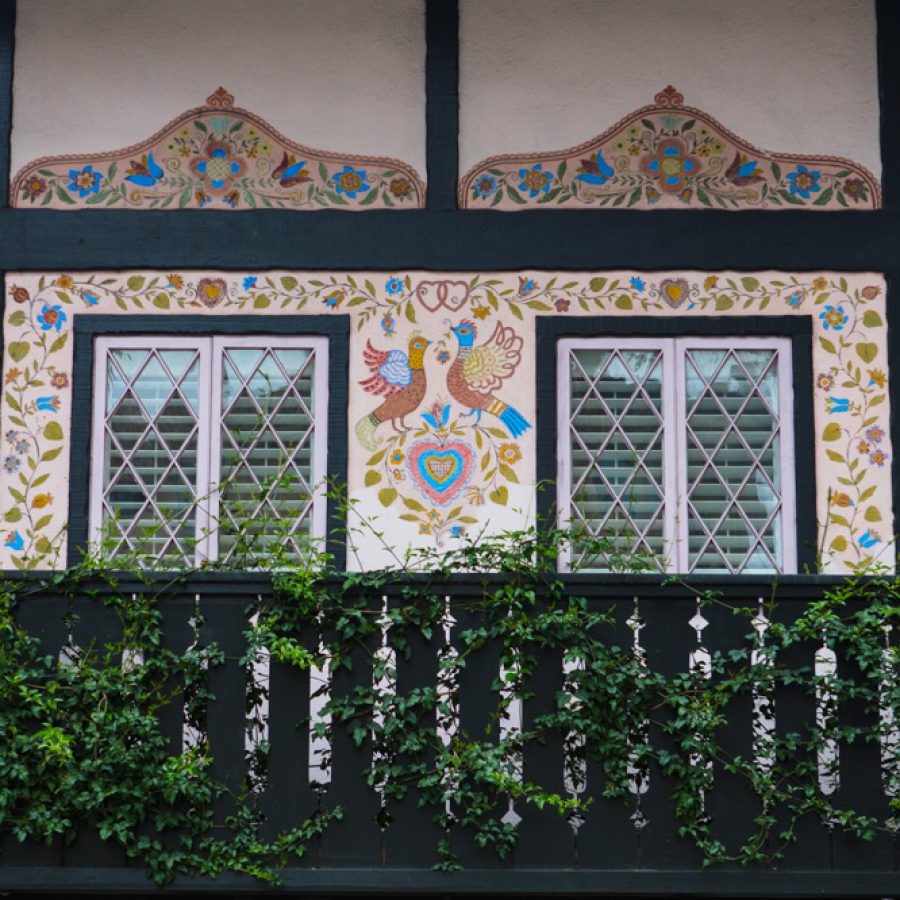
How to: Sleep
Though the beachfront homes belonging to Madeline and Renata (Laura Dern) in the show are actually located in Malibu, Celeste’s US$6 million glass-walled property sits pretty on Monterey’s southwest coastline. You can enjoy those same Pacific Ocean views from your own private deck at the Hyatt Carmel Highlands – the real “Celeste house” is tucked into the hillside behind the hotel. A more boutique stay can be found at Hofsas House , with its casual elegance and family-friendly charm.
How to: Work out
Turn off at Point Lobos State Natural Reserve for more wild Monterey scenery. This park is where Jane did a lot of running, though the gnarly paths are better suited to hiking. The 1.5-hour-long North Shore Trail is terrific for coastal views.
This article was originally published in June 2018 and updated in June 2019.
More inspiration
San Francisco travel information
- China – the Chinese Mainland, Hong Kong SAR, Macao SAR and Taiwan Region
- Hong Kong SAR - English
- Chinese Mainland (China) - English
- Taiwan, China - English
- 香港特別行政區 - 繁體中文
- 中国內地 - 简体中文
- 中國台灣 - 繁體中文
- Africa
- South Africa - English
- Asia
- Bangladesh - English
- Korea - English
- Singapore - English
- Cambodia - English
- 한국 - 한국어
- Sri Lanka - English
- India - English
- Malaysia - English
- Thailand - English
- Indonesia - English
- Maldives - English
- ประเทศไทย - ภาษาไทย
- Indonesia - Bahasa Indonesia
- Myanmar - English
- Vietnam - English
- Japan - English
- Nepal - English
- Việt Nam - tiếng Việt
- 日本 - 日本語
- Philippines - English
- Australasia
- Australia - English
- New Zealand - English

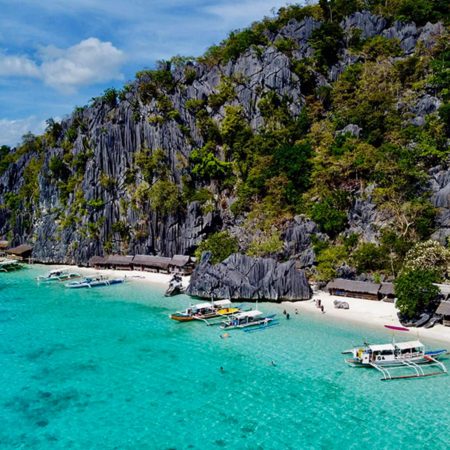




.renditionimage.450.450.jpg)

